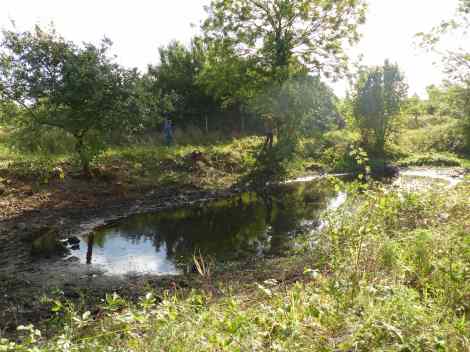
- September 2014 – Clearing the trees. The pond was opened up to sunlight by removing all the willow, hazel, and scrub. Two ash trees (which had die-back), were also removed. You can see how low the water level is compared to past years from the exposed mud – despite plenty of heavy rain, little water has managed to enter the pond.
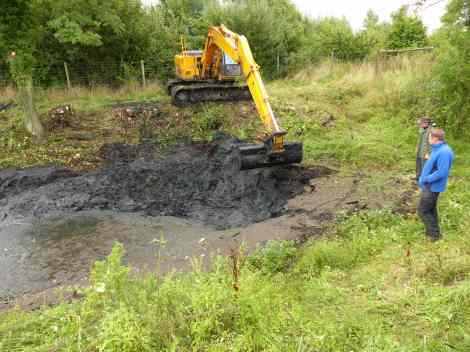
- September 2014 – Years of mud being removed. This is to expose the older seed bank, which hopefully contains a more diverse array of species from when the pond was in better condition, and provide new plants with a stable rooting medium. We also removed 20+ shoes, a mountain of bottles and plastic, and one bicycle.
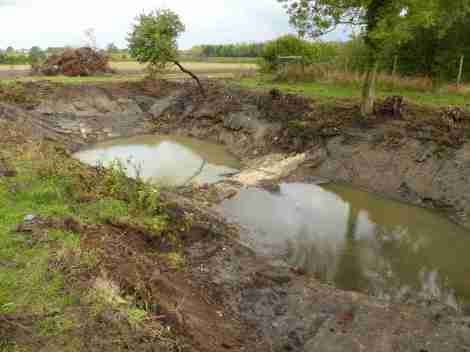
- October 2014 – Five weeks on, and although there is still a lot of bank exposed, the water level really has come up a lot. This is especially noticeable when you look at the far end, under the apple tree – this is the deepest part of the pond, which was almost empty of water when the restoration was completed.
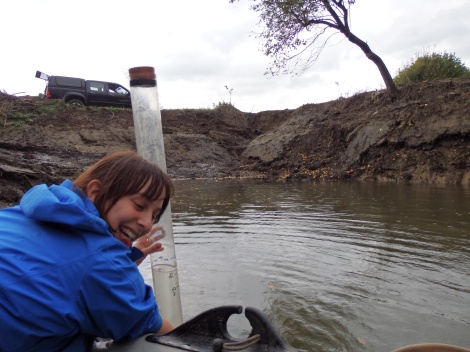
- October 2014 – me taking zooplankton samples from The Swimming pool. Having previously been wading-depth, a boat is now needed to sample the pond.
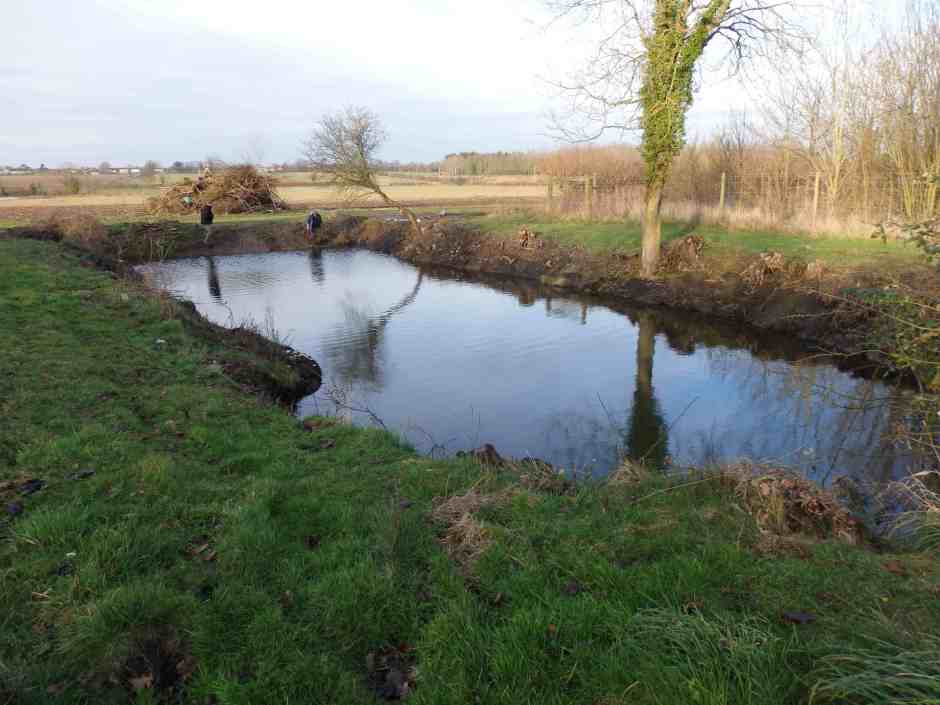
- January 2014 (week 18) – what a difference a few months makes! The Swimming pool is now full, and the marl ridge running through the centre of the pond is finally submerged. Around the shallow margins, common water plantain (Alisma plantago aquatica), watercress (Nasturtium officinale), water mint (Mentha aquatica), and water forget-me-not (Myosotis scorpioides) are beginning to grow, while in the deeper water fine leaved pond weeds are colonising.

- January 2014 – The swimming pool seems to be attracting the attention of one of the UK’s most charismatic mammals – the otter. Otter spraint (faeces), containing fish and amphibian remains, were found deposited on a large stone by the side of the pond. Sprainting is used to mark out territories, and as such otters often leave spraints on prominent features such as rocks or tree stumps. Farm ponds are commonly used by otters, which will happily walk several miles from a river to make use of this alternative food source.

- March 2014 – Although it may not look like much, there have been some exciting developments in the mini-ponds containing sediment from the Swimming pool. Fine-leaved pondweed (not yet identified to species), has germinated in both the uncovered and the covered microcosms containing sediments from the Swimming pool. The fact that the germinations have occurred in the covered microcosms, as well as in the Swimming pool itself, suggests this might be our first species to have re-colonised from the historic seed bank. It will be interesting to see whether we also get germinations in the greenhouse aquaria.

- March 2014 – the predatory diving beetle Acilius sulcatus is one of the species which is now being seen in both the study ponds and the surrounding microcosms, this one pictured in one of the Swimming pool microcosms. Its presence suggests not only that there is there a good amount of prey available, but also helps demonstrate that the microcosms are attracting the same active dispersers as the ponds themselves.
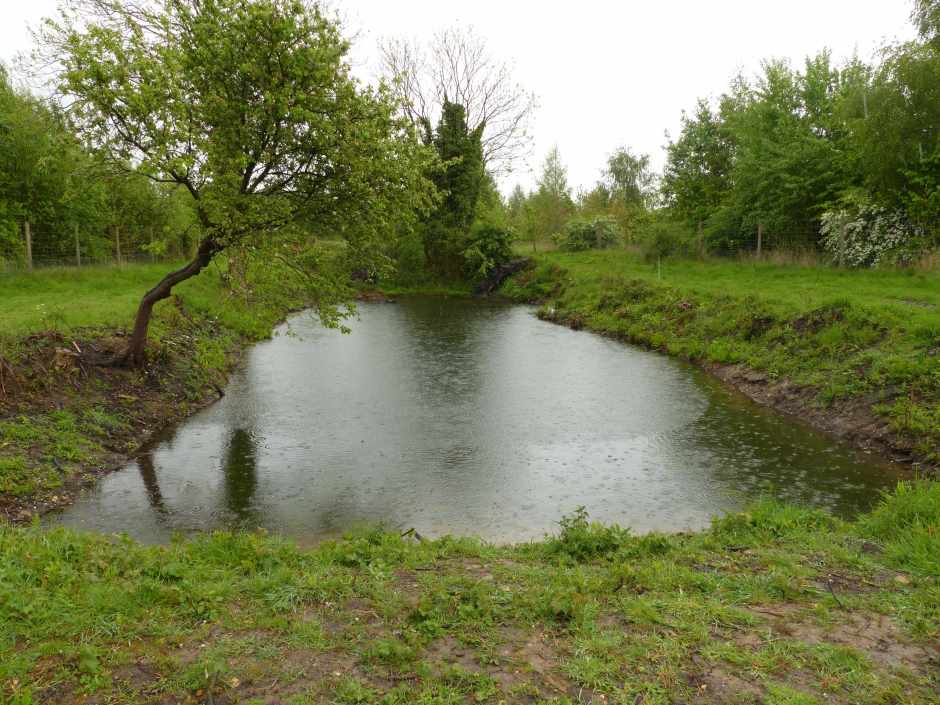
- May 2014 – The Swimming pool in the rain. There are now 19 aquatic / water-associated plant species in and around the Swimming pool, and abundant amphibians and invertebrates. The water has remained crystal clear, and plants can be seen growing even in the deepest part of the pond (~3m depth).
 May 2014 – Under the water, aquatic plants are thriving – Chara is doing particularly well in the shallow areas, forming dense mats which seem to be popular with tadpoles. The green plastic to the right of the photo is a newt egg substrate, which so far have only been used by smooth newts.
May 2014 – Under the water, aquatic plants are thriving – Chara is doing particularly well in the shallow areas, forming dense mats which seem to be popular with tadpoles. The green plastic to the right of the photo is a newt egg substrate, which so far have only been used by smooth newts.
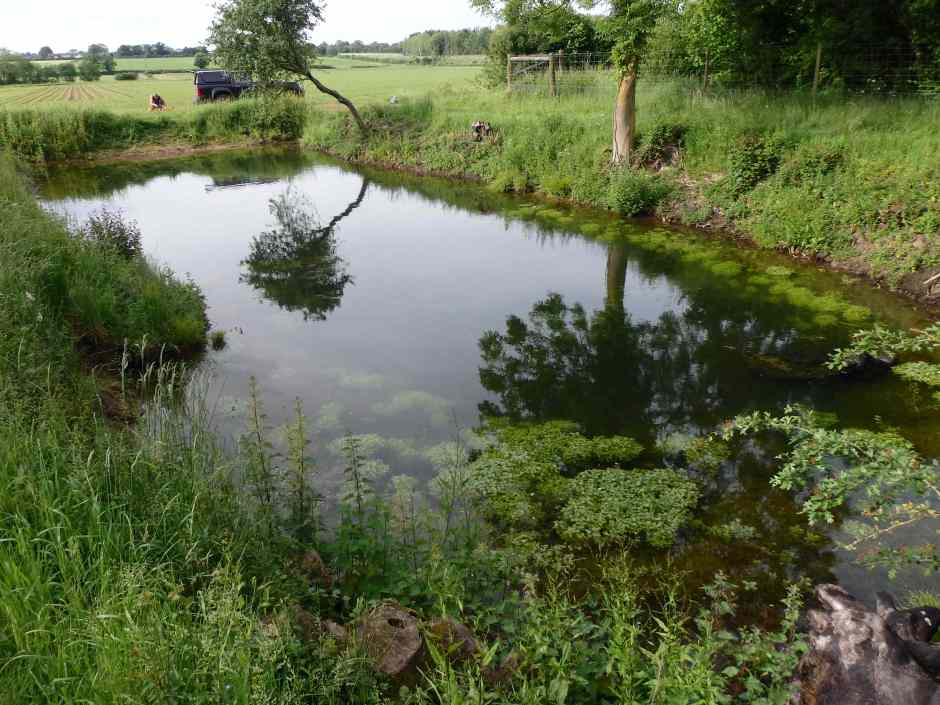
- June 2014 – The Swimming pool in the sunshine. The water clarity in this pond really is astonishing, and has allowed plants to establish right across the pond bed, from a few centimetres depth down to 3m. Bright green clumps of Epilobium hirsutum, Callitriche sp. and Veronica anagallis-aquatica dominate the shallow areas of the pond, while long strands of Potamogeton trichoides are spreading through the deeper areas.
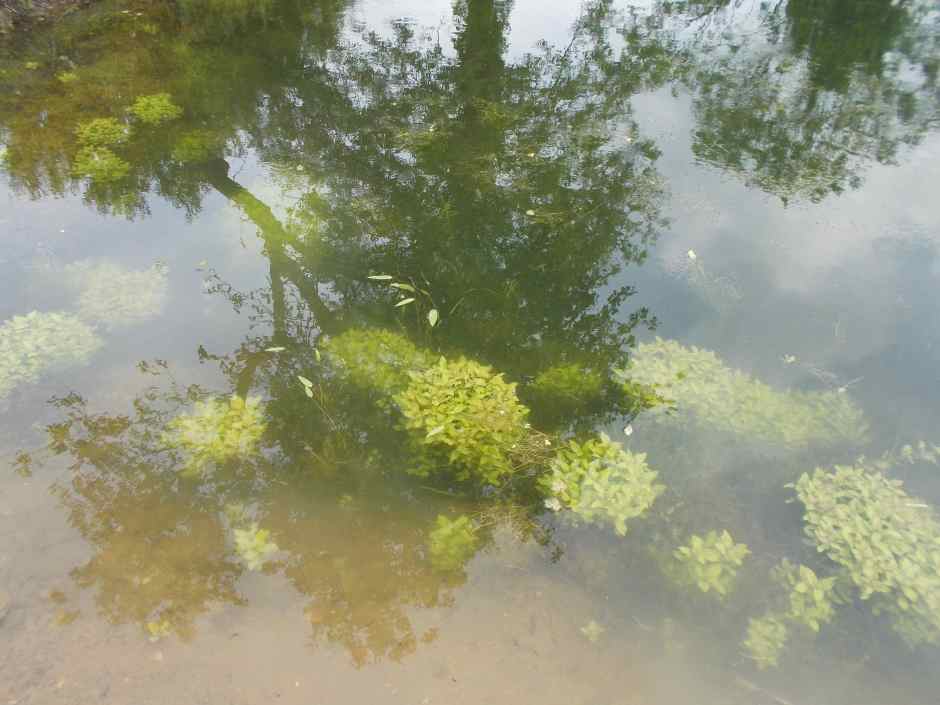
- June 2014 – Potamogeton natans (broad-leaved pondweed), has also appeared in The Swimming pool, as well as in the microcosms and greenhouse aquaria, suggesting that it too has a long-term viable seedbank. The fine leaved pondweeds (currently Potamogeton trichoides and Zannichellia palustris), have also germinated in the pond, microcosms, and aquaria, indicating they too have a viable seedbank.
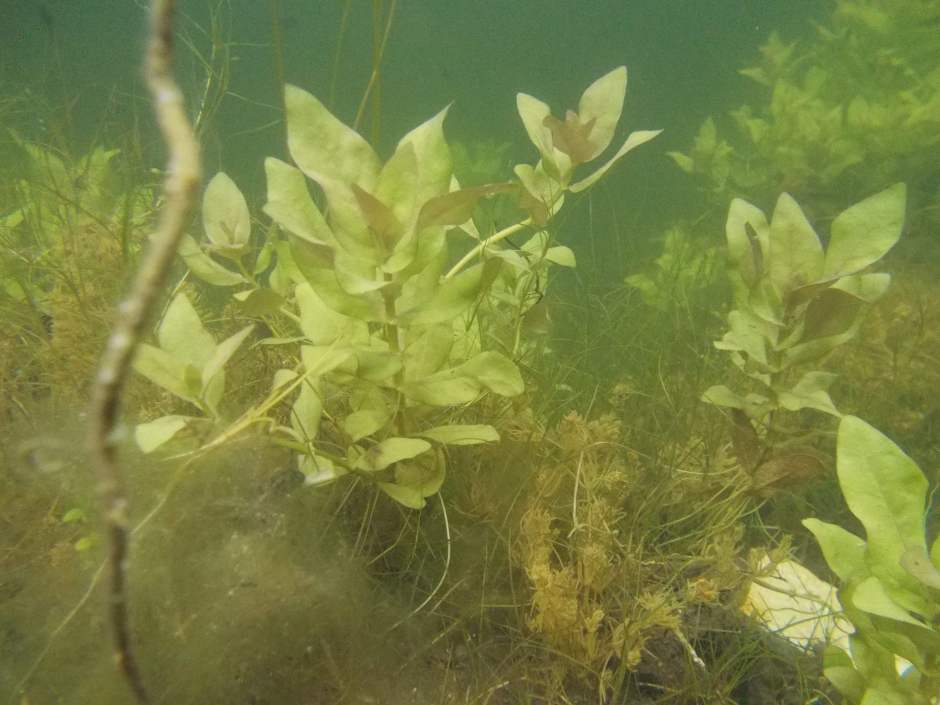
- June 2014 – An underwater jungle is developing in The Swimming pool. Here a mixture of Chara, Veronica and fine leaved pondweeds can be seen.
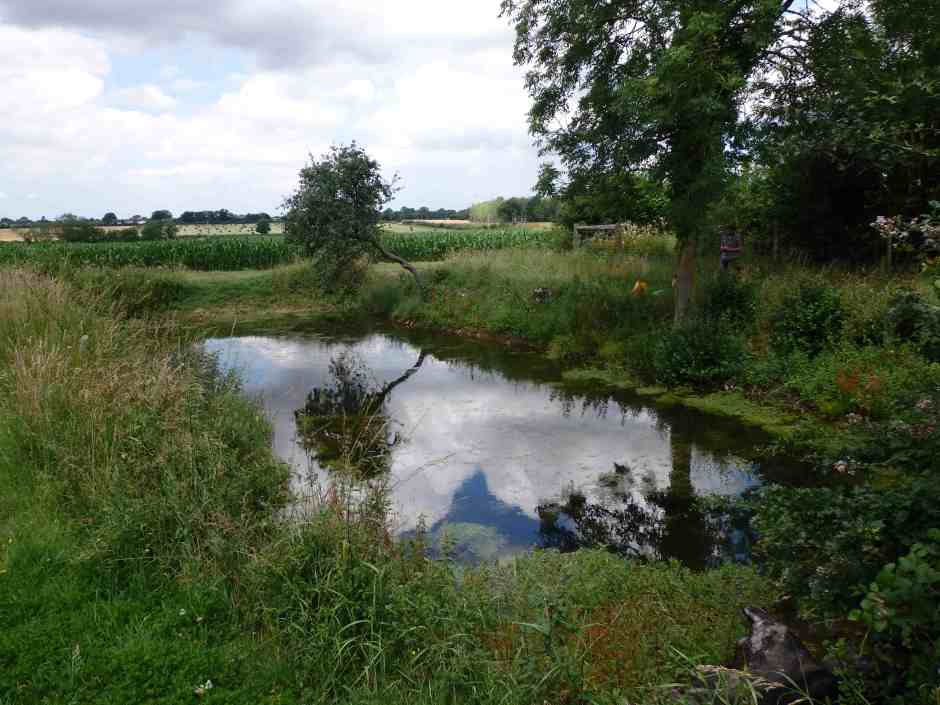 July 2014 – The Swimming pool is looking much as it did back in June, just with taller surrounding vegetation.
July 2014 – The Swimming pool is looking much as it did back in June, just with taller surrounding vegetation.
July 2014 – Underwater, bright green patches of Chara are visible, in places growing at well over a metre depth. Large amounts of P.trichoides and Zannichelia still dominate much of the surface water area.
July 2014 – Inside The Swimming pool. In the foreground the beautiful spoon-shaped leaves and structural flowers of European water-plantain (Alisma plantago-aquatica) emerge from the water.
August 2014 – Although the aquatic vegetation is still doing well, you might notice that the surface waters of the Swimming pool are looking somewhat emptier than they did in July. The water is also slightly more turbid – this is due to ducks visiting the pond, with 15 being spotted together on one occasion. This is not good news for a clean water pond – ducks not only eat the aquatic plants, but defecate in the water, increasing nutrient loading and thus increasing the likelihood of algal blooms. While Nick (the landowner), is trying to deter the ducks, they are unfortunately being actively encouraged and fed nearby, making it difficult to prevent visits from the birds.
August 2014 – Emergent and marginal vegetation around the Swimming pool is developing well, with a wide mix of water-associated species appearing.
September 2014 – The Swimming pool on its 1st Birthday. As summer comes to a close, the aquatic vegetation in the Swimming pool is beginning to die back. The once thick stands of hair-like pondweed (Potamogeton trichoides) are receding, and ducks seem to have eliminated the broadleaved pondweed (Potamogeton natans) and starwort (Callitriche sp.) – perhaps these will return next year.
November 2014 – Much of the surface vegetation in the swimming pool, abundant a few months ago, has now completely died back for the winter. Stands of stoneworts (charopytes), remain in the deeper water, as do a few strands of the fine leaved pondweed species.
June 2015 – This spring, the swimming pool seems to have fewer floating leaved plants, but more submerged vegetation – possibly a consequence of a small flock of visiting ducks. A heron was also seen fishing on the pond, likely for newts (as far as I am aware, there are no fish here).
June 2015 – Photo taken from the more shaded, woodland end of the swimming pool. Here a diverse mix of water associated and woodland plant species meet. Thousands of toad tadpoles were seen ‘swarming’ in the shallow water while we were surveying.
June 2015 – An unusual species for a farmland pond – Nitella flexilis (usually associated with low nutrient conditions), seems to be the dominant plant species this spring, covering most of the basin of The swimming pool.
June 2015 – Greater water plantain (Alisma plantago-aquatica), is doing well around the margins of The swimming pool.
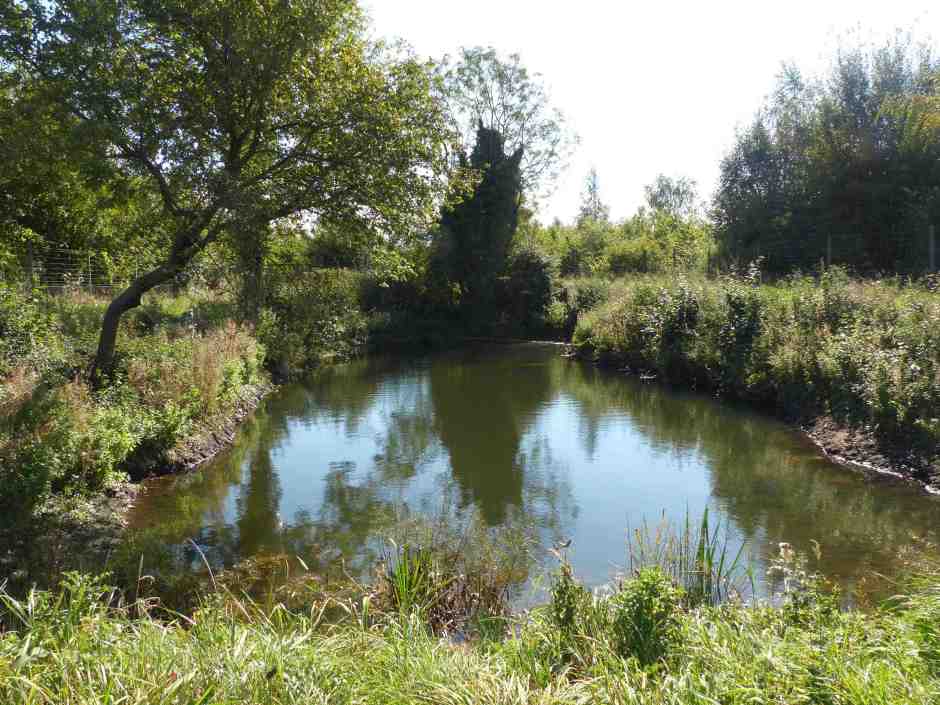
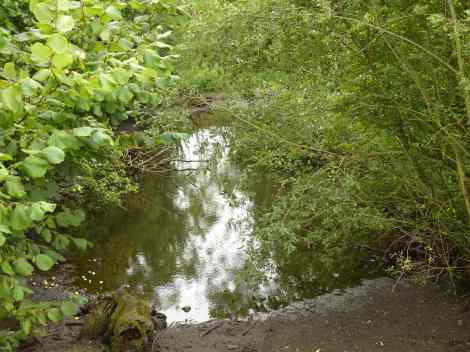
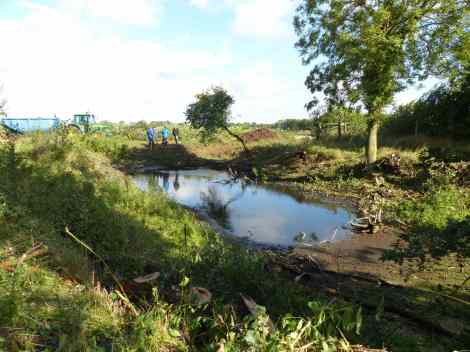
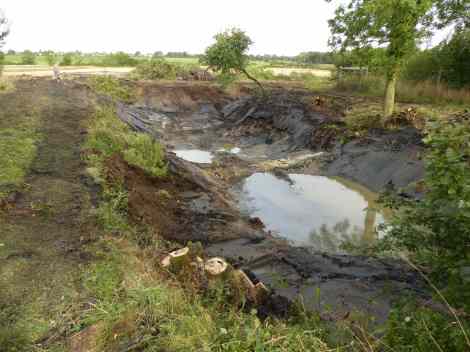
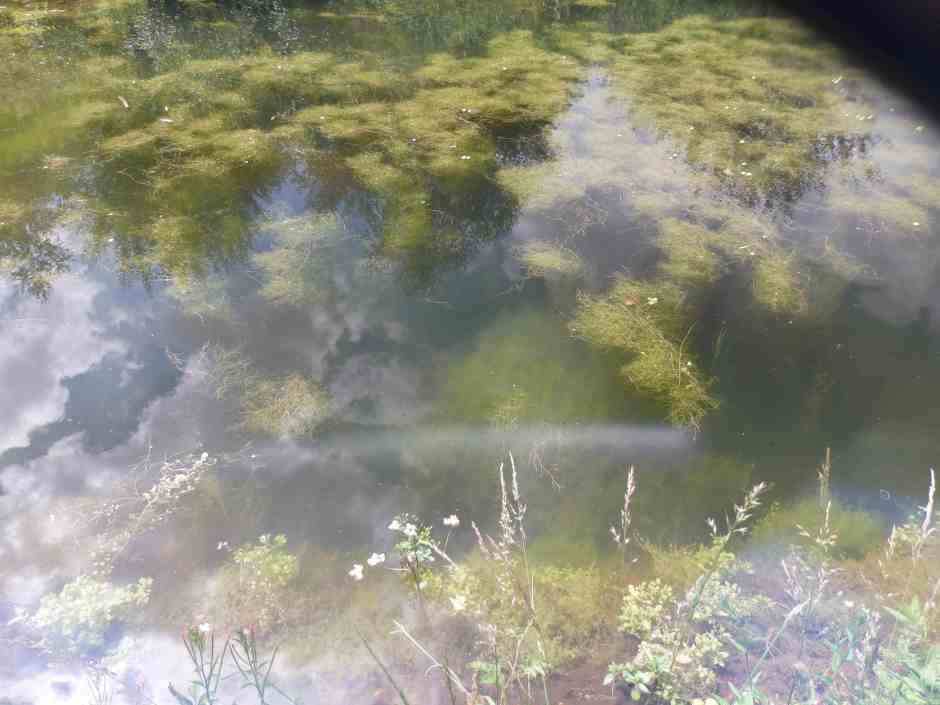

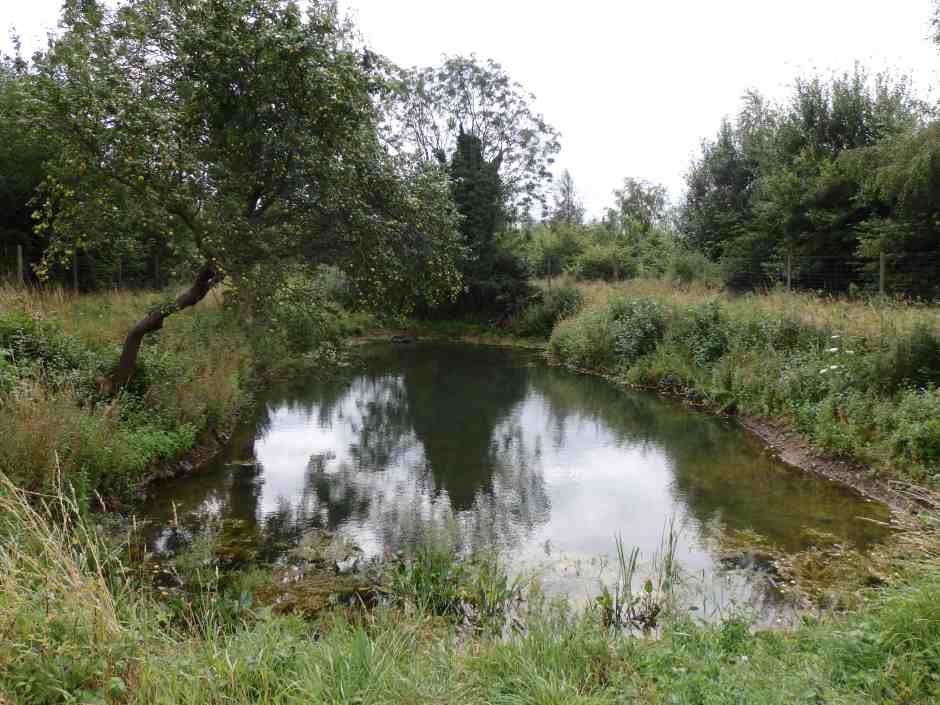
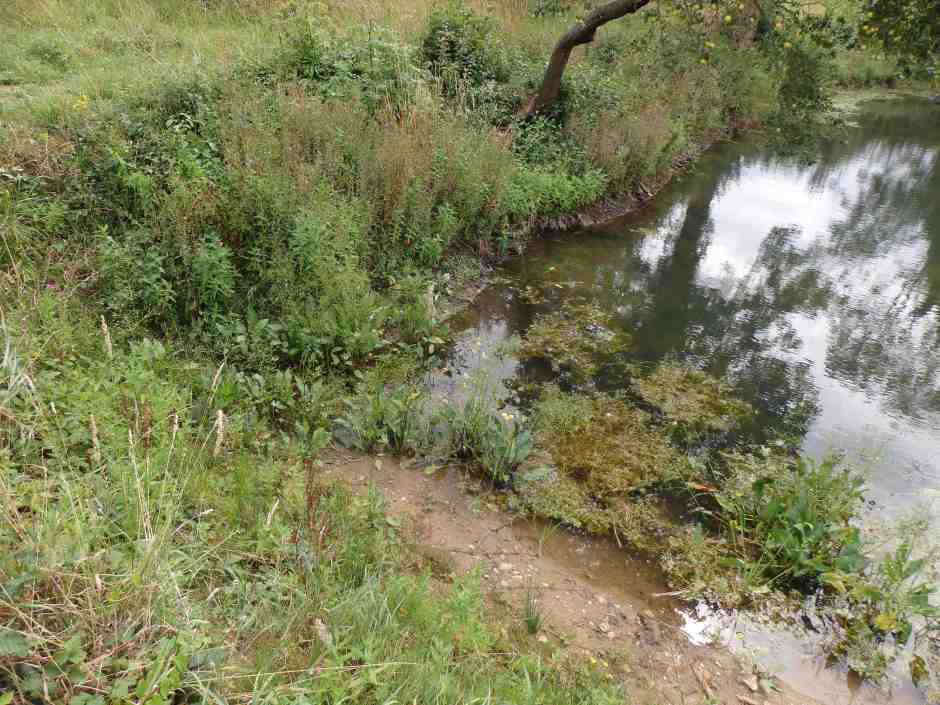
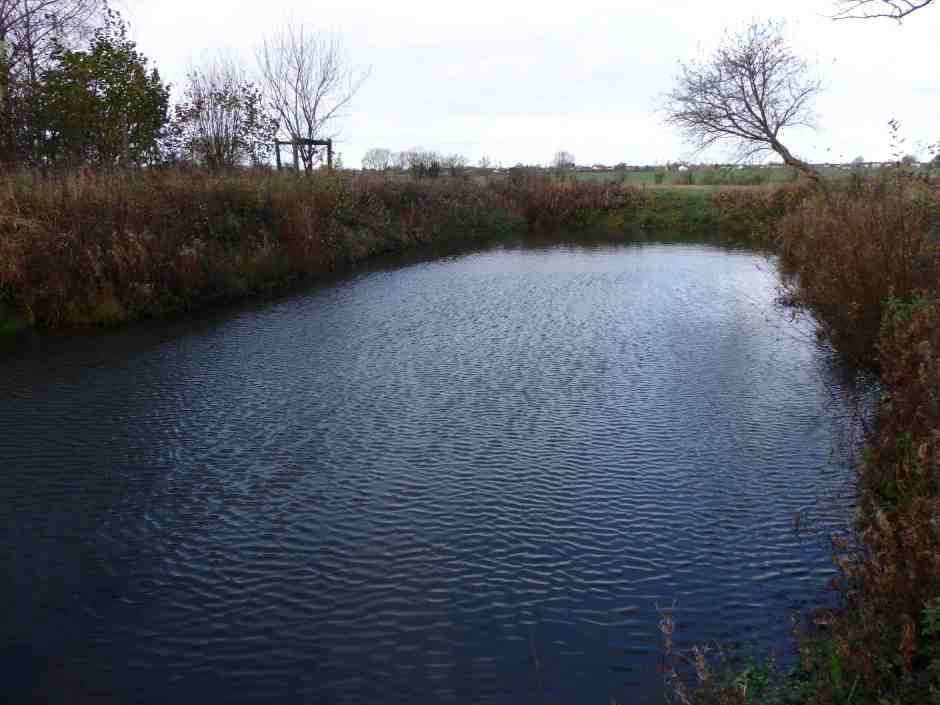
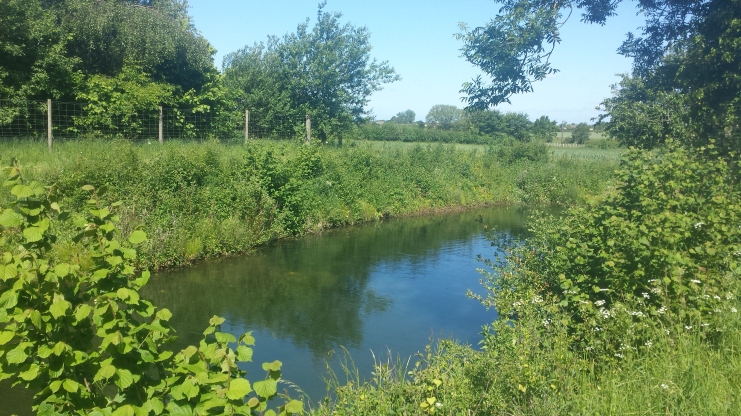
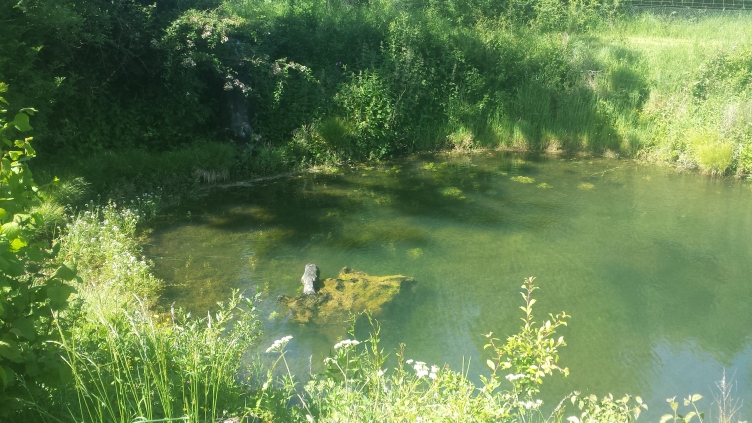

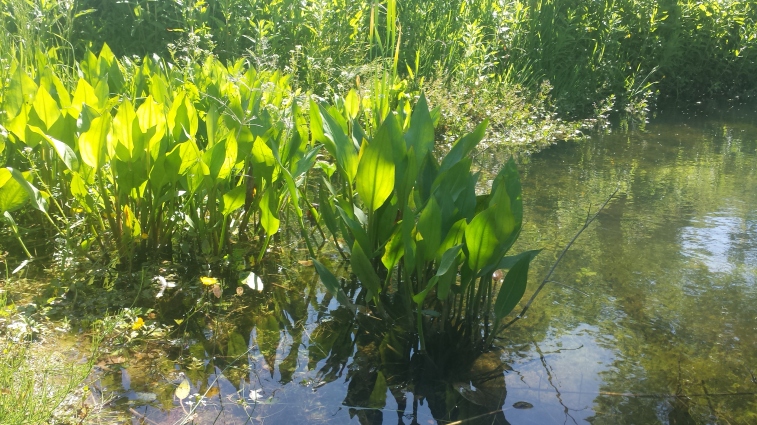
isn’t the nature beautiful, amazing pictures love the place and what you have done with it ! Great post !
Very great ideas, It looks like so much fun! I love the pictures!